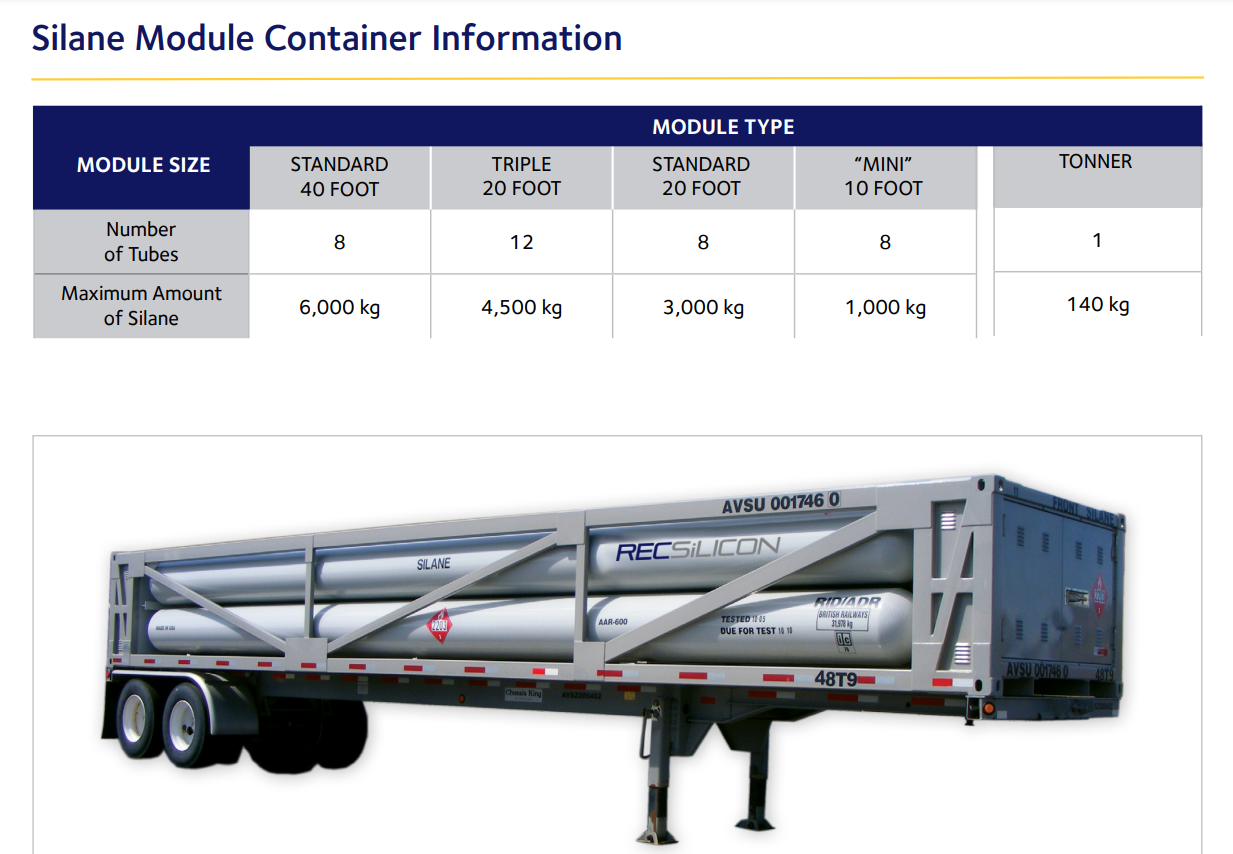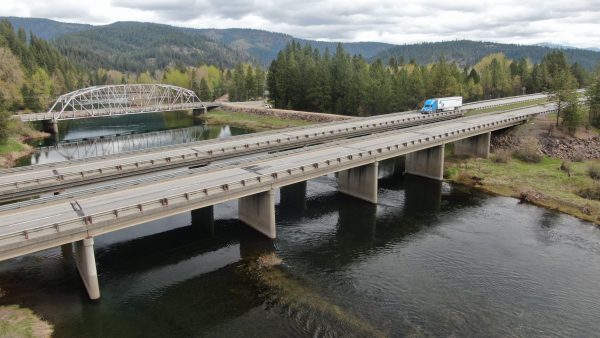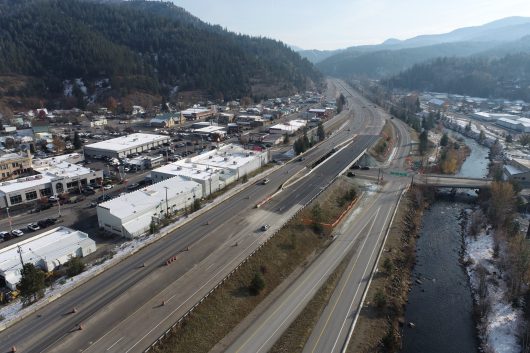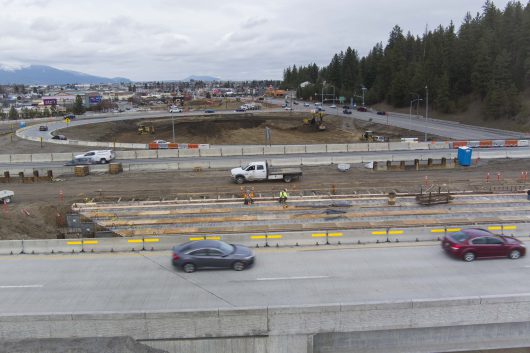Scott’s Scoop
Through the years, I have spent thousands of hours on our highways, as a commercial truck driver, as a law enforcement officer, and most recently owning and operating a route based business. You get used to seeing certain things out there on the roads. For me, the things I focus on are usually a combination of road conditions and how things can get fubar in a matter of moments when considering V=d/t. I’ll spare you the physics lesson and cut straight to the chase of what concerns me out there on the road as of late, and what prompts this little bit of awareness.
There is a large firm (Chinese owned) called REC Silicon. It has holdings around the world. Two of them are located along the I-90 corridor bookending North Idaho in Montana and Washington state. The Moses Lake, Washington, based location operates three Silane gas production units. Silane gas is a key component in the production of certain green agenda components. Silane gas is transported across the I-90 corridor through North Idaho. Silane gas is extremely flammable and pyrophoric in air. Silane gas is transported via tractor trailer combination vehicles. The trailer is an odd looking 40-foot unit with 8 large cylinders that when fully-loaded hold twelve thousand pounds of compressed gas.

I wanted to learn more about Silane transport, so I contacted the Idaho Transportation Department. They had very little to offer since the transport vehicle is not over-sized so is not held to permitting requirements. I was then forwarded to the Idaho State Police (ISP) since they would be tasked with enforcement and any other type of incident involving a Silane transport unit. At the time of this writing I have been unable to discuss the concerns I have about these transports with anyone at ISP.
My next try to learn more about the transports was attempting several times to speak with REC Silicon representatives. I was straight forward with the reason for my calls into their company. I was never able to speak with anyone at REC Silicon both in Washington and Montana. Calls went unanswered. A visit to the Moses Lake location shows it heavily guarded and since I was not there on any company related visit, I was denied entry. The gate guard made a call to the safety rep at the facility, but they refused to speak to me. Isn’t that interesting? You know what else is interesting, the tanker is placarded, as required by transportation law, but in my view, it is understated. The Placard is UN 2203. Simply stated as “Flammable gases that can ignite and burn when exposed to a source of ignition.” When referring to something that is pyrophoric, that is an understatement! Wouldn’t you agree?
What would twelve thousand pounds of a highly explosive and pyrophoric componet do if the vehicle transporting it had an issue with V=d/t and our old, ever present antagonist, Murphy’s Law?
Why is a large corporation so tight lipped and unapproachable about the subject?
But don’t take my word for it. Research Silane gas for yourself. I offer a couple links for you to do so listed here: https://www.readylimit.com/articles/silane-gas-dangers and https://www.inchem.org/documents/icsc/icsc/eics0564.htm
I’ll leave off with this thought, maybe its time to see about getting these transports off our roads before Murphy’s Law gets involved. Perhaps forcing REC Silicon to switch to rail transport rather than across our ever increasingly populated and busy highway corridor.
Editor’s Note: Scott Dinger is a former law enforcement officer. Much of his career was as an advanced technical traffic crash investigator (Tech A.I.).







